|
I've loved this Dahlia since I first saw it many years ago at Hudson Bush Farm, the wonderful garden created by Charles Baker and Norman Posner here in Columbia County, NY. But I wasn't aware of its rather long history until I started reading up on it in order to write this post. 'Bishop of Llandaff' was introduced all the way back in 1927 by nurseryman Stephen Treseder of Cardiff, Wales, and was named to honor Joshua Pritchard Hughes, the Bishop of Llandaff, a diocese in South Wales. So now you know. What you probably already knew, if you've grown it before, is how incredibly useful this Dahlia is in the garden, and how well it blends with other plants. I've never been a huge fan of the color red, but these blooms have such a velvety richness that they're simply irresistable... to see it is to want it! As if the flower color weren't enough, the foliage is a deep chocolatey purplish hue with a fern-like texture that sets off the blossoms to perfection. The flowers are medium sized, semi-double, borne on longish stems and keep coming all summer until cut down by a hard frost. The Bishop won the RHS Award of Garden Merit (a very big deal) in 1928, and in 2004 was listed as one of the RHS best plants of the past 200 years. The Bishop grows tall and willowy, not coarse like many of the large-flowered Dahlias, so it fits well into a perennial border. I always staked mine religiously until last year, when I never got around to it, and they just sort of sprawled themselves over their neighbors and kept blooming and blooming. So this year I'm consciously doing the same thing and so far, so good. Like all Dahlias, the tubers must be dug and stored in a frost-free space over the winter if you want to keep them going year after year, but this is a fairly easy task, and well worth it as they increase readily every season. There are plenty of directions on how to do this in standard gardening books and on the internet. Also, consistent deadheading will really keep the plants looking tidy and blooming steadily until frost. Due to the success of 'Bishop of Llandaff', a couple other similar types have been introduced: 'Bishop of Oxford' in rich, glowing orange, and 'Bishop of Canterbury', a gorgeous deep rose pink. Both are semi-doubles with the same deliciously dark foliage as 'Bishop of Llandaff'. Surely one of this trio will fit into whatever color scheme you have going, so I urge you to snag one and give him a try. I guarantee he will be a star in your garden, and unlike a lot of other bishops, won't stir up any trouble!
1 Comment
Here in the Hudson Valley, many people say this is their favorite month. And with good reason: the glorious colors seem the culmination of the whole season's growth, a last blast before winter sets in. There are the flaming Maples, of course, but also the buttery yellows of Fox Grapes and Catalpas, the bright scarlet of Sumacs and the deeper reds of Dogwoods and Viburnums. You can find shades of pink, too, in the foliage of Katsuras and Stewartias. Even the lowly weeds color up beautifully when conditions are right, as they must be this year. Cooler temperatures and more consistent temperatures make October a fantastic month for planting trees, shrubs and hardy perennials. I've always had great success dividing or transplanting Hostas and Peonies this month, and of course it's prime season for planting spring bulbs of all kinds. One of the questions nursery employees get asked a lot is, "When's the best time to plant?" The correct answer, almost always, is "Now." In the past, when a lot of nursery stock was sold bare-root or balled and burlapped (B&B), there was a much more restrictive window for planting. But now that the horticulture industry has shifted to most plants being grown and sold in containers, planting can be done at just about any point in the growing season. And because roots continue to grow even after leaves drop, landscape professionals plant all the way into November and beyond, weather permitting. (There are a couple of exceptions... warm season grasses, like Panicums, need at least a month of warm soil to establish, and Ferns establish very slowly, so be careful with these two categories... I try to have either of these in the ground by Labor Day weekend at the latest) Fall planting can help your plants avoid the droughts and stress of summer heat, a pitfall of planting in spring. And you can take advantage of all the end-of-season sales that nurseries do to reduce inventory before winter! In any event, it's a beautiful time to be outdoors, gardening or not, so savor the warm sun, the brilliant blue sky and the gorgeous colors. This is a special time, and never seems to last quite long enough. |
Welcome to Sempervivum, an opinionated, sometimes informed and completely unqualified journal of gardens, plants and plantings by artist-gardener Robert Clyde Anderson. Archives
October 2021
Categories
|
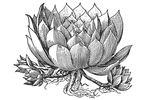
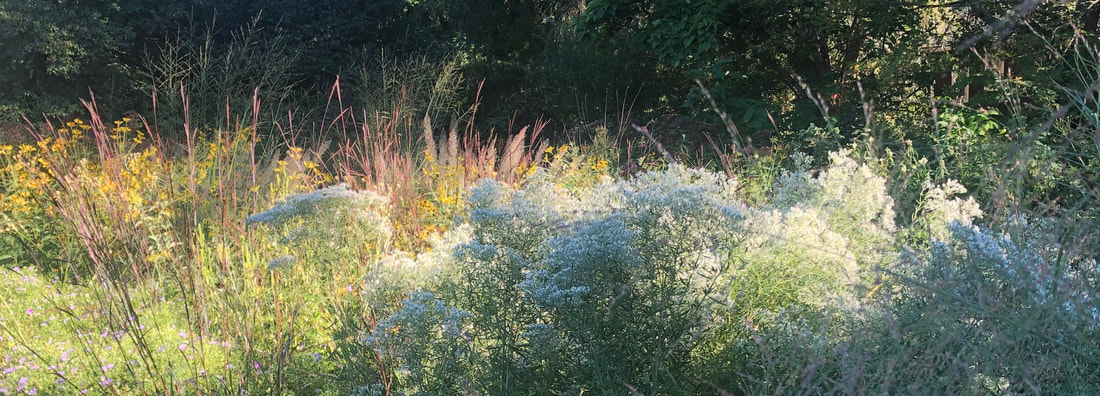
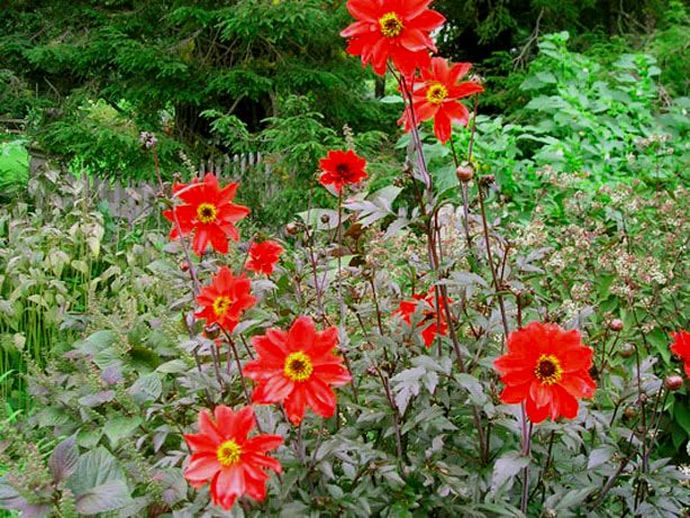
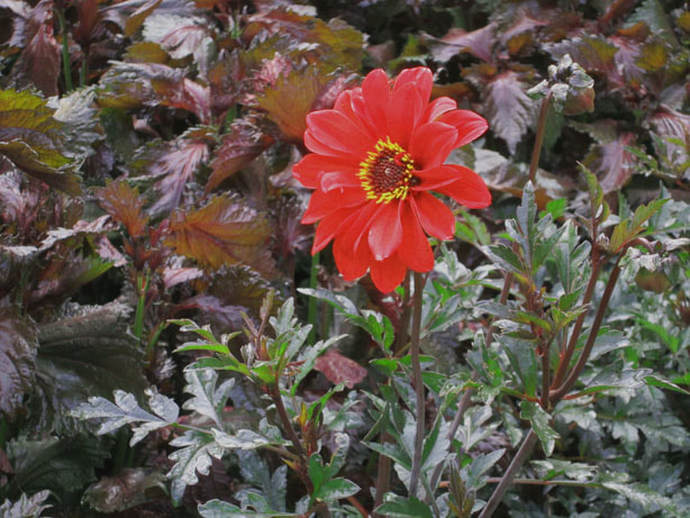
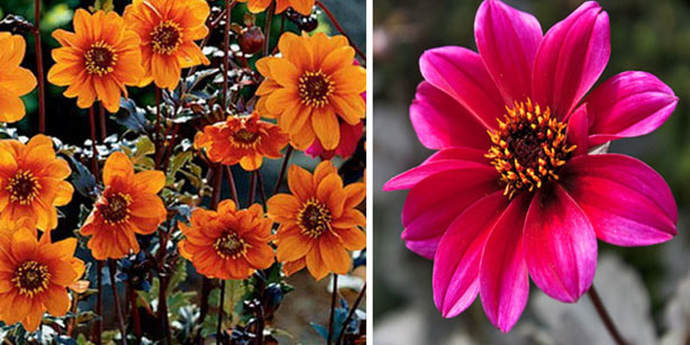
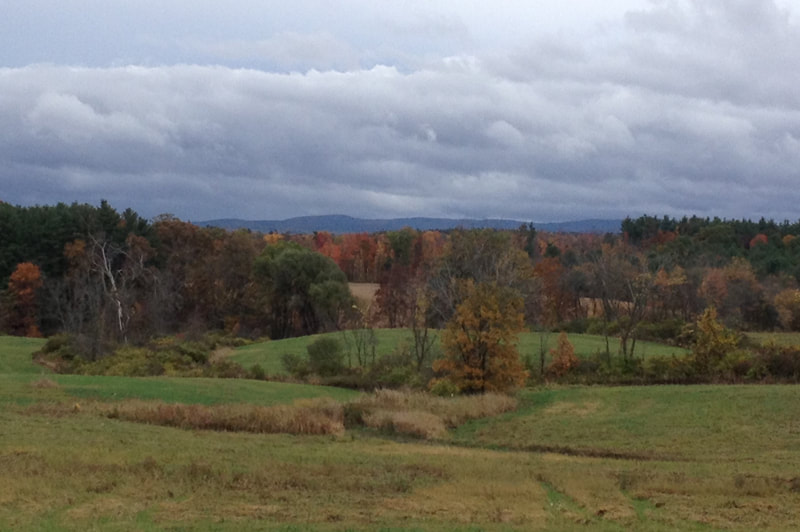
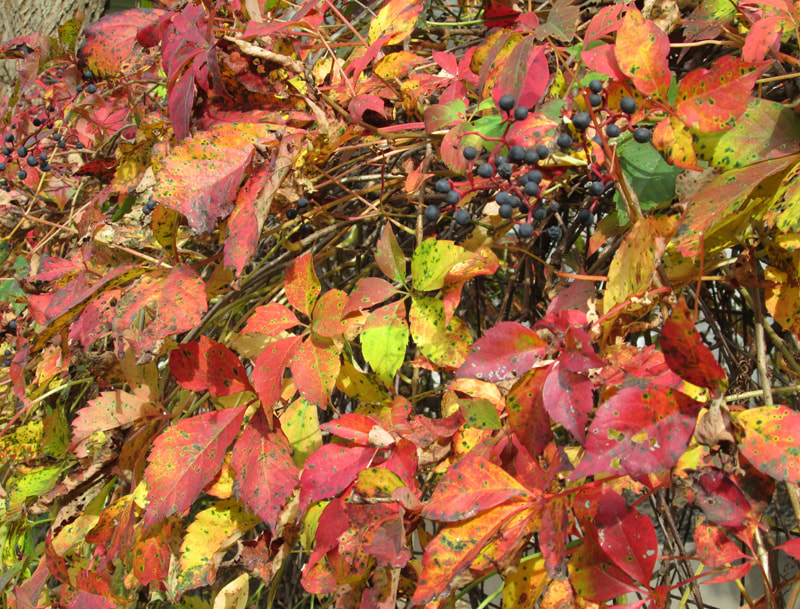
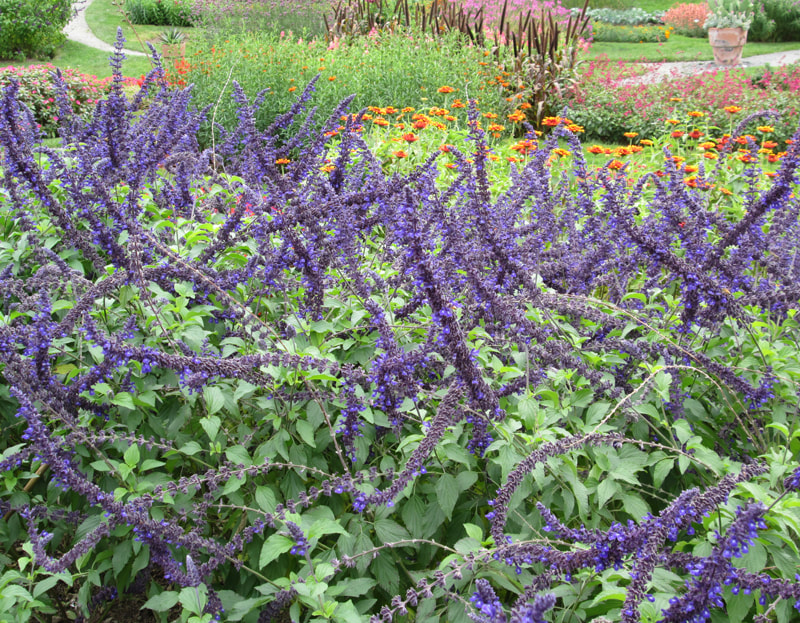
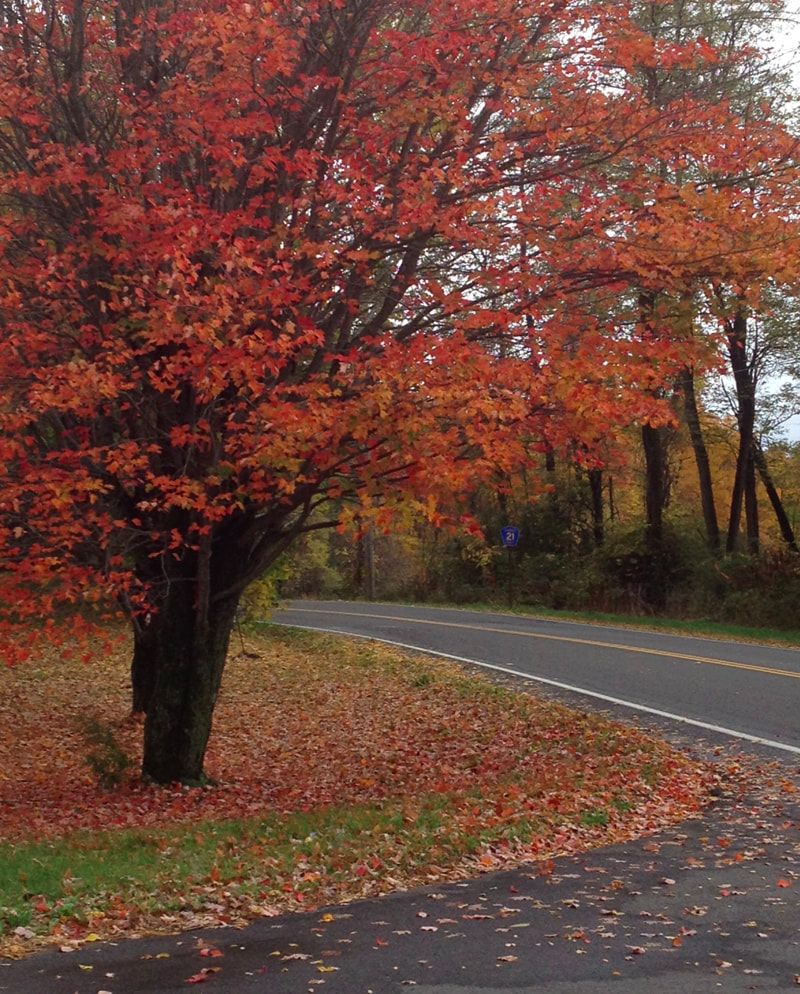
 RSS Feed
RSS Feed